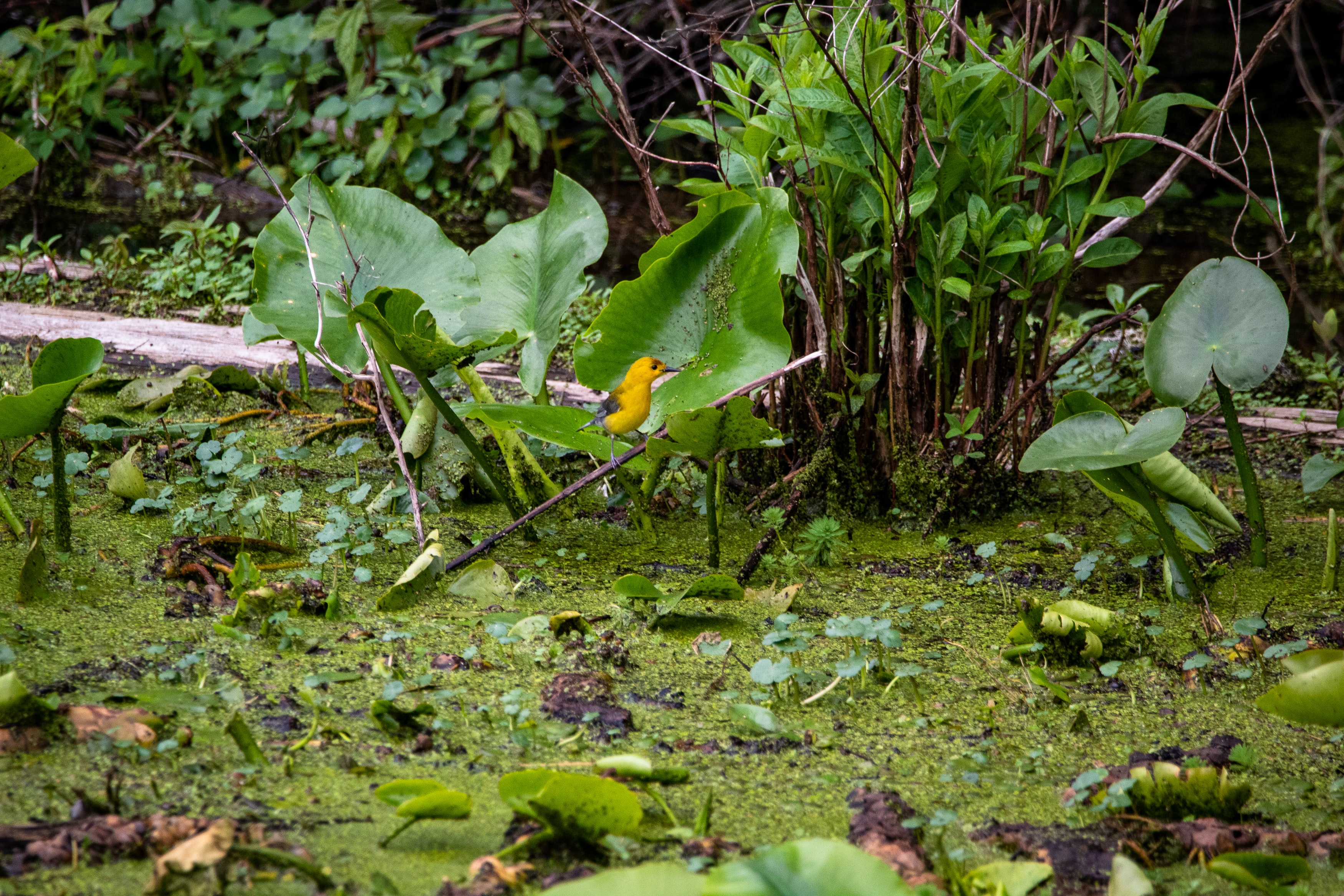Unlocking Biodiversity Credits:
The Role of Wild American Ginseng in Corporate Sustainability
In the dynamic interplay of environmental conservation and corporate sustainability, a unique and potent symbol emerges: Wild American Ginseng. This revered natural treasure, deeply embedded in the ecological and cultural tapestry of North America, now stands at a crossroads, facing threats from over-harvesting, habitat loss, and climate change. Yet, in the shadow of these challenges lies an unprecedented opportunity.
Could the strategic alignment of corporate responsibility and carbon reduction targets carve out a domestic market for this imperiled export, transforming Wild American Ginseng into a cornerstone of biodiversity credit schemes?
The Importance of Wild American Ginseng
Wild American Ginseng has long been celebrated for its medicinal properties, commanding respect and high value, especially in traditional Chinese medicine. Beyond its health benefits, Ginseng plays a critical role in forest ecosystems, acting as a bioindicator of environmental health. Its survival and proliferation signify the well-being of its habitat. However, the escalating demand and lucrative market, particularly in Asia, have led to intensive harvesting, pushing this species towards vulnerability.
Corporate Responsibility and Environmental Sustainability
The concept of corporate responsibility has dramatically evolved, with environmental sustainability becoming a central pillar of ethical business practices. Companies are now expected to go beyond profit, addressing their environmental footprint through proactive measures. This shift is not only a response to increasing regulatory pressures but also to growing consumer demand for environmentally conscious products and services. Corporations are finding that sustainable practices can drive innovation, open new markets, and enhance brand loyalty.

Carbon Reduction Targets and Their Impact
At the heart of many corporate sustainability strategies are carbon reduction targets, ambitious goals set to decrease greenhouse gas emissions. These initiatives range from optimizing energy use to investing in renewable energy sources. The impact of these efforts extends beyond mitigating climate change; they also serve as a testament to a company’s commitment to a sustainable future. Yet, the journey is fraught with challenges, from technological barriers to financial constraints.
Wild American Ginseng as a Biodiversity Credit
The notion of biodiversity credits introduces a novel approach to conservation, allowing companies to compensate for their environmental impact by investing in biodiversity projects. Wild American Ginseng, with its unique ecological and cultural value, could emerge as a prime candidate for such credits. This would not only provide a financial incentive to conserve and restore Ginseng populations but also align corporate sustainability goals with tangible conservation outcomes.
Challenges in Creating a Market for Biodiversity Credits
Despite the potential, several hurdles obstruct the path to a robust market for biodiversity credits. Regulatory frameworks remain underdeveloped, lacking the clarity and consistency needed to foster confidence among investors. The valuation of biodiversity credits, including those potentially based on Wild American Ginseng, is complex, requiring intricate understanding of ecological benefits and long-term sustainability.
Benefits of a Domestic Market for Wild American Ginseng
A domestic market dedicated to Wild American Ginseng, driven by biodiversity credits, could usher in a new era of conservation financing. Such a market would not only bolster efforts to protect and restore Ginseng populations but also stimulate local economies, providing sustainable livelihoods for communities involved in its cultivation and conservation. Moreover, it would mark a significant step towards reconciling economic interests with ecological imperatives.
The Role of Technology in Tracking and Trading Biodiversity Credits
Innovations in technology, particularly blockchain, offer promising solutions to the challenges of tracking and trading biodiversity credits. These technologies can ensure transparency, reliability, and efficiency in transactions, creating a trustworthy platform for companies to invest in conservation efforts like those centered on Wild American Ginseng.
Corporate Case Studies: Commitment to Biodiversity Credits
Several forward-thinking companies have already embarked on the journey towards incorporating biodiversity credits into their sustainability portfolios. These case studies reveal the potential for corporate initiatives to drive significant environmental benefits, offering insights into best practices and strategies for overcoming obstacles.
Policy and Regulatory Framework
For biodiversity credits, including those related to Wild American Ginseng, to thrive, a supportive policy and regulatory framework is essential. Current policies must be evaluated and adapted to encourage the development of a market that is both environmentally effective and economically viable.
Consumer Awareness and Participation
The success of biodiversity credits and the conservation of Wild American Ginseng also hinge on consumer awareness and participation. Educating the public about the importance of biodiversity and the role of sustainable consumer choices can amplify the impact of corporate and policy initiatives.
Future Outlook: Wild American Ginseng and Biodiversity Credits
As we look towards the future, the integration of Wild American Ginseng into biodiversity credit markets holds great promise. Experts predict that with the right mix of corporate commitment, policy support, and public engagement, this unique resource could play a pivotal role in advancing both conservation and corporate sustainability goals.
Conclusion
The journey of Wild American Ginseng from a coveted natural resource to a potential pillar of biodiversity credit markets encapsulates the broader quest for sustainable harmony between human enterprise and the natural world. Corporate responsibility and carbon reduction targets offer a powerful mechanism for creating a domestic market that not only safeguards this imperiled treasure but also sets a precedent for conservation-driven economic innovation. It is a call to action for corporations, policymakers, and individuals alike to forge a path towards a more sustainable and biodiverse future.
